I promise that soon I’ll stop talking about Namibia, but once again it’s important that I address what I learnt and saw there with the Himba tribe in order to discuss the raw milk issue that I briefly talked about in last week’s newsletter.
The Himba’s live on a diet of dairy and meat from the cow, sheep and goat. They ferment their foods for preservation. The local Omunkuzi tree roots are dried and used to thicken the milk and sour it. The root is also used to make a porridge and a hot drink. There is no heating of the milk, just their traditional ways. There are many cultures around the world that are herders and still drink raw milk or ferment it without fear of death, in fact it is the opposite – it is all about life and sustaining life.
There are also a small group of pastoralist that live at 14,000 feet in the far east of Afghanistan who rely on dairy and meat, although they also consume a local seasonal rhubarb and onion and a
couple of times a year trek for five days to trade their food commodity for wheat.
The Masai also live on a diet mostly compromised of blood, milk and meat. These three tribes are just a glimpse at the importance of milk, mainly raw and fermented, to their survival.
Pasteurisation began with Louis Pasteur(isation). The fear of bugs became an obsession, so much so that antibiotics, pasteurisation, ultrapasterisation, vaccinations, herbicides, bacteriocides, fungicides and preservatives etc became commonplace in the home, the healthcare industry and in the food industry. This obsession has been, in part, the undoing of our health. While I understand the necessity of these medicines and tools we use today, I believe it is the over-use of them that is causing our biggest health issues.
The need for pasteurisation in Australia was due to tuberculosis and brucellosis in the cow population. Pasteurisation killed these bugs in the milk. By 1978 in Australia these two diseases had been eradicated either by vaccination or shooting of the herds. But pasteurisation continued as did every other process that we could do to milk, to make you think it was milk but not really be milk. The greatest profit for milk corporations like Fontera, Parmalat and Pauls is not from the milk but the protein of the milk – MPCs, milk protein isolates and WPC, whey protein concentrates, isolates and hydrolysates. These are huge commodities for powdered baby formulas, especially in a growing western China market.
Last year Victorian Health Authorities announced that a baby had died from drinking raw milk. Well, that’s what they wanted you to believe. I went to a rally in Melbourne and listened to the producer of the “so called” tainted milk. This producer does daily checks for e-coli and other bacteria and has records. The child drank the milk many months before he passed; he was not a well boy. There was no problem with the milk and bacteria count, it was merely a witch-hunt to stop the sale of raw milk.
As of 1 January 2015, all raw milk in Victoria must have a bittering agent added and if anyone is caught selling raw milk without the agent or feeding it to their family, a $60,000 fine is enforced. By adding the bittering agent the raw milk becomes undrinkable. Of course, most raw milk is sold as bath milk with strict instructions on the container saying it is not fit for human consumption.
Why?
Because raw milk has become a black market commodity and the only way it could be sold was under the guise of a cosmetic. I believe most people buying this milk knew this fact.
It was announced last month that New Zealand would allow raw milk sales again. The government authorities realise there are a group of people actively pursuing this commodity and the number is growing. I applaud their decision and the strict regulations they will be undertaking in order for people to obtain raw milk.
On the other hand, we have Australia who does everything in their power to stop the sale of raw milk. I remember in the early 90s I was always on the lookout for raw milk. Back then there was a local producer who sold his milk as “pets milk” and I could get it at my local dairy for $1.45 for 2 litres. I don’t know if back then there were many people pursuing raw milk, but I know this producer had a passion for it. Legislation came in that made it illegal to give raw milk to animals and so our local producer called his raw milk Cleopatra’s Bath Milk.
I noticed more and more farmers who had a passion for raw milk and believed that it was far healthier than the processed milk on the market today pursue this same way of selling their raw milk. Other producers offered a share in the herd, which was another way of supplying raw milk.
Let’s take it back a step. We once drank milk from the house cow, or from our own heard of milk producing animals, not from many herds of cows scattered around the country where all the milk is put into a tanker and shipped to a central location and then more milk from more herds is added. This is where the problem lies and where the need for pasteurisation (heated to 67C) is a safe option, but not necessarily the healthiest option.
Raw milk has been a focal part of the diet and lives of herders and pastoralists for thousands of years; to say that it is dangerous is not necessarily a truthful statement by the Victorian Health Authorities. To make raw milk a black market commodity (which they have) is probably one of the more dangerous acts they could do. By regulating and checking on herds and bacterial counts of the small amount of farmers keen to sell their raw milk would be a far more intelligent decision. These boutique farmers and herds usually sell directly to their local market.
Once again New Zealand has my tick for sensibility. Let’s hope Australia follows suit.
If you want to learn more about milk and dairy how these foods are processed, read the chapter in my book Changing Habits Changing Lives. It will give you an idea of the best dairy to buy.
Happy changing habits,
Cyndi


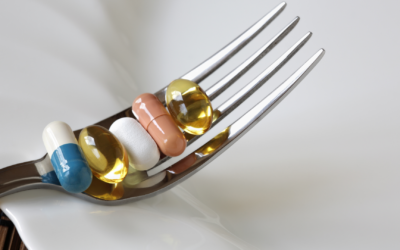
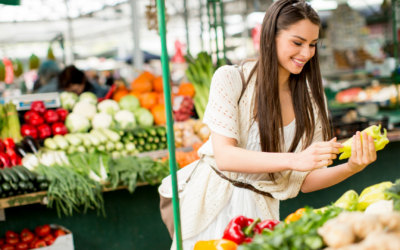
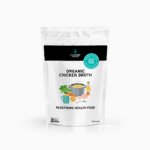

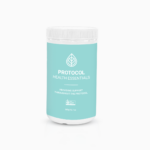
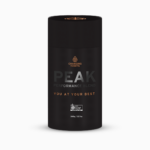
0 Comments